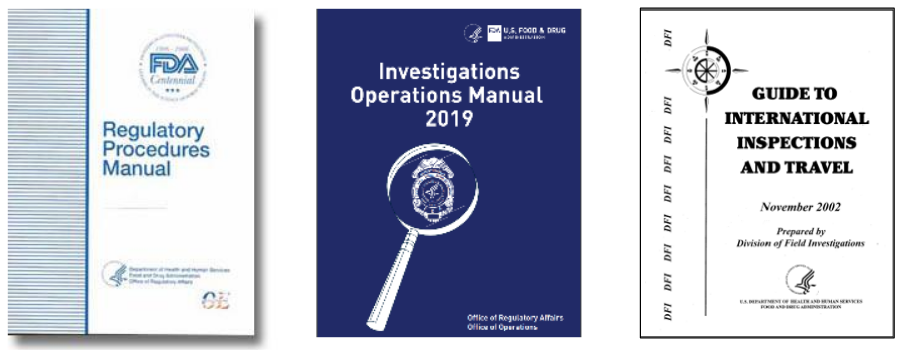4 Types of FDA Inspections & How to Prepare
Risk. It’s a hot word in the homeopathic industry right now. Even before the FDA issued its draft guidance, the agency used a risk-based approach to site inspections. With the 2012 Safety and Innovation Act, the agency nixed a set inspection calendar and began visiting manufacturers “in accordance with a risk-based schedule” that considers “known safety risks.”
The agency inspects about 30 homeopathic facilities per year, and the next could be yours. It’s critical to understand the different types of inspections and how to prepare.
Types of Inspections
Pre-Approval Inspection
FDA completes pre-approval inspections when a company submits a drug application. This product-based inspection evaluates the adequacy of manufacturing processes and control strategies to ensure commercial product quality and conformance to application, facility, and CGM requirements. It’s a look at a company’s entire operations through the lens of a single product.
Post-Approval Inspection
Conducted after products have been approved, post-approval inspections aim to manage the lifecycle of a product. They focus largely on process validation and any manufacturing changes that may have occurred following approval.
Surveillance Inspection
The most frequent inspection for homeopathic manufacturers—and based on risk—surveillance inspections assess a facility's conformance to CGMP requirements. Inspectors identify quality problems and adverse trends at facilities so the FDA can develop strategies to mitigate them.
For-Cause Inspection
FDA initiates for-cause inspections when a specific event or new information questions the compliance and/or quality of a manufacturing practice, facility, process, or drug. This type of inspection determines whether enforcement actions are warranted.
How to Prepare

Concerning inspection preparation, Jennifer Ahearn, former Technical Liaison for FDA’s Office of Criminal Investigations said: "It is not a focus on getting ready for an FDA inspection so much as it is creating a culture that your site is always ready for an FDA inspection."
Manufacturers can avoid rocky inspections by educating and empowering their people. Senior management must be committed to sound quality principles, encouraging a quality culture and fund accordingly. Quality and operations staff should be incentivized to comply with regulations, and quality management plans should be informed by routine gap analyses.
Beyond staff training, you can prepare by reviewing the inspection manuals found on FDA’s website. These important documents list the expectations and constraints of inspectors, ultimately giving you a leg up in interpreting what is going on in your inspection.
Finally, we recommend completing an audit checklist or two. See FDAnews’
FDA GMP Inspection Preparation Checklist or the International Society for Pharmaceutical Engineering’s GMP Audit Checklist. These checklists include general questions inspectors might ask. Go through the exercise of preparing yourself regularly.
We’ve entered a period of risk-based enforcement—and fortunately, there is so much that every homeopathic manufacturer can do to mitigate risk. Understand and prepare for FDA inspections before yours comes around. Together, we can strive for the highest standards and the most effective products.
